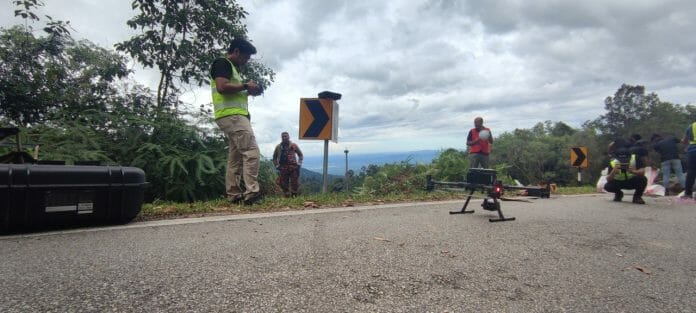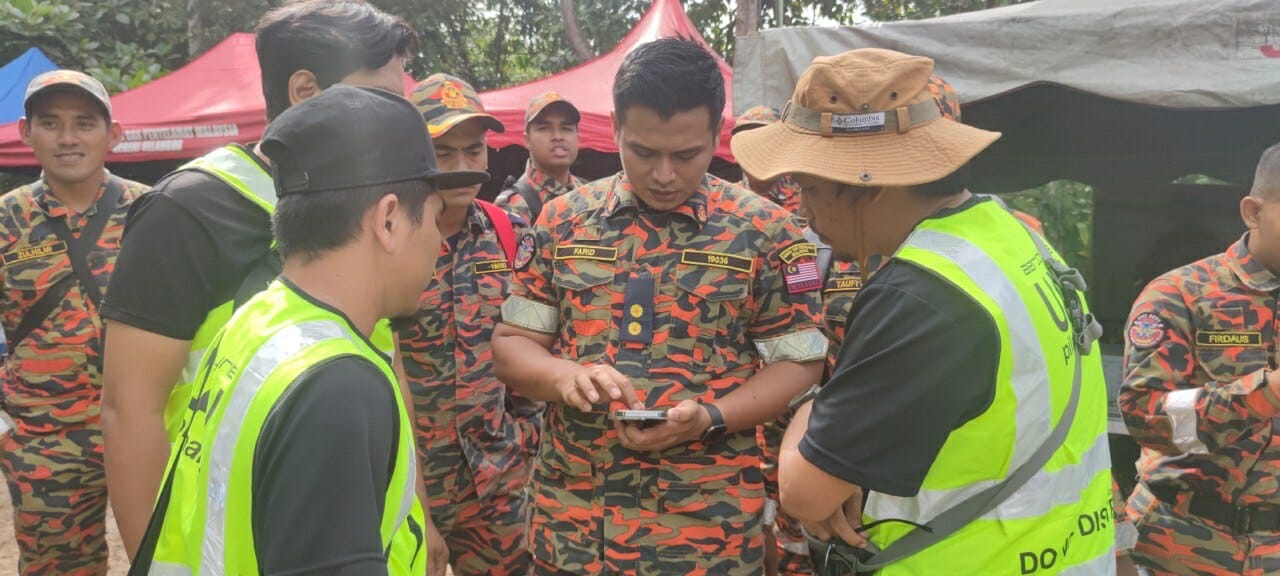The world has seen drones transformed and impacted people’s lives with the technology maturing over time.
This was evident during the Covid-19 pandemic where there was a new urgency about finding new ways to utilise unmanned aircraft to provide innovative solutions for businesses and government bodies in various conventional industries such as agriculture, construction, security and surveillance.
The Malaysian Research Accelerator for Technology & Innovation (MRANTI) currently leads the national Drone Technology (DroneTech) industry development initiative as part of its mandate to catalyse emerging technology innovations adoption and create a future economy.
In September 2022, the government announced that the Malaysia Drone Technology Action Plan 2022-2030 (MDTAP30) is developed as a national agenda to support the DroneTech ecosystem, with MRANTI an agency under the Ministry of Science, Technology and Innovation (MOSTI) leading and coordinating with other relevant stakeholders.
The initiative will involve all the DroneTech ecosystem partners, especially key authorities like Civil Aviation Authority of Malaysia (CAAM), Malaysian Communications and Multimedia Commission (MCMC) and Department of Survey and Mapping Malaysia (JUPEM) to ensure the industry achieves its full potential while maintaining national security and safety standards.
MRANTI as the coordinating agency and secretariat of MDTAP30 will be updating its progress and developments through the Emerging Technology Cluster Committee under the National Digital Economy and 4IR (MED4IRN) council.
The council was formed by the government under the Malaysia Digital Blueprint initiative which is supported by six clusters to focus on key development areas, among them being economic competitiveness, data and digital Infrastructure and emerging technology.
MRANTI CEO Dzuleira Abu Bakar said: “The MDTAP30 objectives are to achieve greater adoption of DroneTech in the market, improvements of policy or standards, and provide the key infrastructure that supports the industry growth. The drone industry is expected to contribute RM50.71 billion to the nation’s GDP and create 100,000 high value job opportunities by 2030.”
One of the missions of MDTAP30 is to facilitate the deployment of drone and robotics solutions to assist first responders during disaster and rescue operations. MRANTI as MOSTI’s lead coordinating agency initiated the PTK2Dron (Special Drone Emergency Task Force) programme involving authorities, government agencies and selected drone companies. .
Following the recent Batang Kali landslide incident which shook the nation, PTK2Dron was activated to provide assistance in the Search and Rescue mission (SAR).
Drone units were promptly deployed for the purpose of monitoring ground movement, searching for victims and monitoring the disaster area.
The drones deployed are from the Malaysian Fire and Rescue Department (BOMBA), Royal Malaysian Police (PDRM), JUPEM and drone industry partners. A drone flight approval permit from CAAM was also granted in a short period of time for the purpose of the critical mission through the coordination of PTK2Dron.
MRANTI has evolved into Malaysia’s leading central research and innovation commercialisation agency, bringing ideas to market at a faster rate. Its Area 57 is a five-acre physical integrated ecosystem with a Research-to-Commercialisation centre to accelerate DroneTech innovations and talent development. Among its tasks is being a one-stop-centre to facilitate the growth of the DroneTech ecosystem.
Drones drastically improve authorities responses to natural disasters and this can help to rapidly locate survivors, particularly in areas that are difficult to reach on foot, and they can transport aid and supplies to other affected people, while their military purpose remains substantial
The adoption of drones in Malaysia has been increasing in recent years and during Covid lockdown, the use of drones for spraying in agriculture and plantation skyrocketed due to the lack of foreign labour and workforce in the market. This has created new job opportunities for those who had lost their jobs in other affected industries like the aviation sector.
In 2021, SIRIM reported that there are over 60,000 registered drones currently in Malaysia being used commercially by the industry and privately by hobbyists.
This has led to the development of new updated guidelines by CAAM such as the Civil Aviation Directive (CAD) 6011 to ensure safe drone operations especially in the agriculture sector and the provision of certifying drone operators through theoretical and practical training.
Failure to comply with drone regulations can lead to fines of up to RM50,000 and 3 years imprisonment under the Malaysian Civil Aviation Regulation (MCAR) 2016. It is part of MRANTI’s effort to advocate safe drone operations by commercial operators and the community as any unwanted incident could affect the industry.
MRANTI has been positive to the nation in being the focal point of laying the foundation to address the challenges relating to regulatory intervention, required policy updates, integration of processes, alignment of ministries, agencies, authorities and industry players to ensure a viable and lucrative growth path of the initiative while filling the gaps of what drone technology can offer the nation in future – a mammoth task to say the least.










